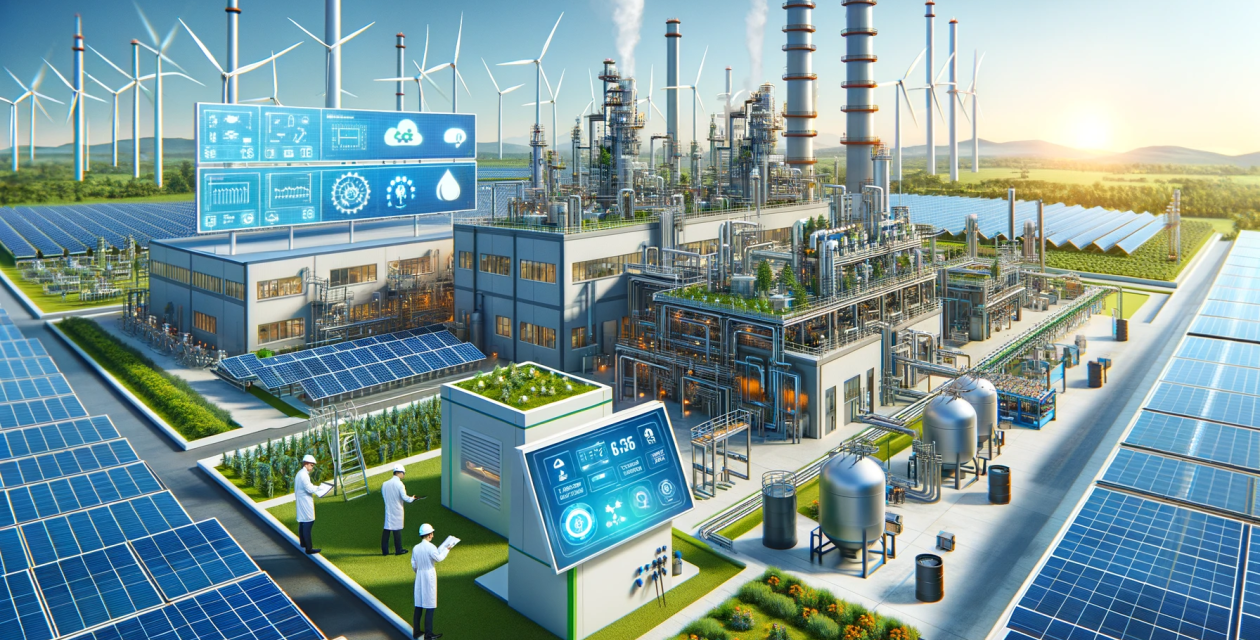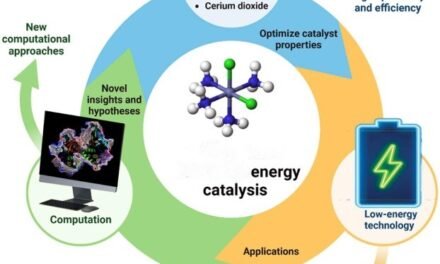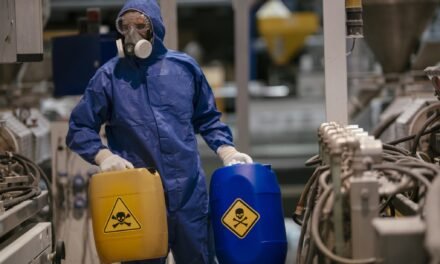The petrochemical industry is adapting to renewable energy by transitioning toward sustainable practices, integrating renewable feedstocks, and adopting advanced technologies to align with global decarbonization goals. Here’s an in-depth look at how the industry is evolving in response to the renewable energy revolution:
1. Incorporating Renewable Feedstocks
- Bio-Based Chemicals:
- Transitioning from fossil-based feedstocks to bio-based alternatives derived from renewable resources like corn, sugarcane, and algae.
- Example: Bio-ethylene and bio-propylene for producing polyethylene and polypropylene.
- Waste-to-Chemicals:
- Utilizing waste streams, including municipal solid waste and agricultural residues, to produce chemical feedstocks.
- Example: Pyrolysis of plastic waste to generate naphtha substitutes.
- CO₂ Utilization:
- Capturing and converting carbon dioxide into valuable petrochemical intermediates using renewable energy.
- Example: CO₂-based polyols for polyurethane production.
2. Energy Efficiency and Electrification
- Electrification of Processes:
- Replacing traditional fossil-fuel-based heating methods with renewable electricity in energy-intensive processes like steam cracking.
- Example: Electrified steam crackers under development by Shell and BASF.
- Process Optimization:
- Deploying advanced technologies like AI and IoT to monitor and optimize energy usage in real time.
- Integration of Renewable Energy:
- Powering petrochemical plants with solar, wind, or hydropower.
- Example: Refinery complexes integrating onsite solar farms for electricity generation.
3. Development of Green Hydrogen
- Hydrogen as a Feedstock:
- Producing green hydrogen via electrolysis powered by renewable energy and using it as a raw material for ammonia, methanol, and other chemicals.
- Decarbonizing Processes:
- Replacing gray hydrogen (produced from natural gas) with green hydrogen in petrochemical processes.
- Collaborations:
- Companies partnering with renewable energy firms to establish green hydrogen supply chains.
4. Circular Economy Practices
- Chemical Recycling:
- Developing technologies to recycle plastic waste back into monomers and petrochemical feedstocks.
- Example: Advanced recycling technologies like pyrolysis and depolymerization.
- Closed-Loop Systems:
- Designing products for recyclability and implementing take-back programs to reduce waste.
- Bio-Circular Products:
- Combining renewable feedstocks and chemical recycling to create hybrid sustainable materials.
5. Carbon Capture, Utilization, and Storage (CCUS)
- Emission Reduction:
- Implementing CCUS to capture carbon emissions from petrochemical operations and store them underground or use them in chemical production.
- Utilization of CO₂:
- Turning captured CO₂ into valuable products like methanol, polymers, and fuels.
- Example: CO₂-derived synthetic fuels and green methanol.
6. Investment in Renewable Chemicals
- Renewable Polyolefins:
- Producing plastics like polyethylene and polypropylene using bio-based or recycled carbon sources.
- Green Specialty Chemicals:
- Expanding portfolios to include renewable surfactants, adhesives, and coatings.
- Partnerships:
- Collaborations with biotechnology firms to develop renewable pathways for traditional petrochemicals.
7. Innovation in Sustainable Materials
- Biodegradable Plastics:
- Developing alternatives like polylactic acid (PLA) and polyhydroxyalkanoates (PHA) derived from renewable feedstocks.
- Lightweight Materials:
- Creating advanced composites and polymers for renewable energy systems, such as wind turbine blades and solar panels.
- Green Solvents:
- Manufacturing solvents with reduced environmental impact, used in renewable energy applications.
8. Renewable Energy in Manufacturing
- Onsite Renewable Energy:
- Installing solar panels, wind turbines, or biomass facilities to power petrochemical plants.
- Power Purchase Agreements (PPAs):
- Long-term agreements to source renewable energy from external providers.
- Energy Storage Integration:
- Using batteries or other storage solutions to balance intermittent renewable energy sources.
9. Transition to Low-Carbon Processes
- Decarbonizing Steam Cracking:
- Innovating low-carbon pathways for producing ethylene and propylene, the building blocks of most petrochemicals.
- Bioelectrochemical Processes:
- Leveraging renewable electricity and bio-based feedstocks for chemical synthesis.
10. Digital Transformation and Smart Systems
- AI and Machine Learning:
- Enhancing process efficiency and minimizing energy waste by predicting energy demand and optimizing operations.
- Blockchain for Supply Chains:
- Ensuring traceability and transparency in sourcing renewable feedstocks.
11. Aligning with ESG Goals
- Net-Zero Commitments:
- Petrochemical companies setting targets to achieve net-zero carbon emissions by mid-century.
- Transparency:
- Publishing sustainability reports detailing renewable energy integration and emissions reduction efforts.
12. Regulatory and Policy Support
- Carbon Pricing:
- Responding to carbon taxes and emissions trading systems by integrating renewable energy to reduce costs.
- Subsidies and Incentives:
- Leveraging government support for renewable energy projects and infrastructure development.
- Green Certification:
- Pursuing certifications like ISCC Plus (International Sustainability & Carbon Certification) for bio-based and circular products.
13. Public-Private Collaborations
- Joint Ventures:
- Partnering with renewable energy companies to develop hybrid projects.
- Consortia:
- Participating in industry-wide initiatives to accelerate the adoption of renewable energy.
Case Studies
- Dow and Shell:
- Joint efforts to develop electrified steam crackers powered by renewable electricity.
- Braskem:
- Producing bio-based polyethylene from sugarcane ethanol, marketed as “I’m green™.”
- BASF:
- Investing in biomass-balanced products, substituting fossil resources with renewable feedstocks in production processes.
Conclusion
The petrochemical industry is undergoing a significant transformation to integrate renewable energy and reduce its environmental footprint. By adopting renewable feedstocks, improving energy efficiency, and investing in innovative technologies, the industry is aligning with global sustainability goals. Continued collaboration, policy support, and technological advancements will further accelerate this transition, ensuring long-term viability in a decarbonized world.
Hashtags
#PetrochemicalTransition #RenewableEnergyShift #GreenPetrochemicals #SustainableEnergy #EnergyTransition #RenewableEnergyIntegration #RenewablesInPetrochemicals #CleanEnergyAdoption #GreenEnergySolutions #LowCarbonPetrochemicals #RenewableTech #PetrochemicalInnovation #SustainableChemistry #EcoPetrochemicals #GreenIndustryTrends #SustainablePetrochemicals #CircularEconomy #DecarbonizingPetrochemicals #CarbonNeutralChemistry #NetZeroPetrochemicals #CircularPetrochemicals #EnergyMarketTrends #AdaptingToRenewables #IndustryChallenges #FutureOfPetrochemicals #SustainabilityOpportunities

















